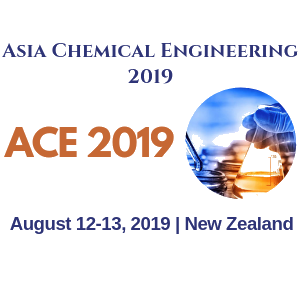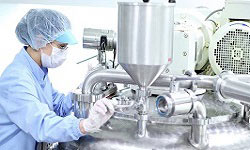Chemical Process Safety and Hazards
This session gives us clear view of process safety, different types of hazards, and effects of hazardous and steps to control them. Chemical process safety is the management skill or blend of engineering which focuses on the preventing catastrophic accidents, near misses, particularly structural collapses, explosions, fires and toxic releases.
Examples of hazards:
1. Liquid hazards (acids, solvents, chemicals etc.)
2. Vapor and fumes (vapors of ammonia, hcl, h2so4 etc.)
3. Flammable materials (petrol, diesel oil etc.)
Types of hazards: environmental hazards, food hazards, bio hazards, natural hazards
These hazards are dangerous to environment and human health that i why a special care is taken to handle these type of compounds and study of all those techniques is studied under the huge branch of chemical engineering known as chemical process safety.
On a recent market analysis, it was found that the global market for hazardous waste management will grow to nearly $33.9 billion by 2019 from $23.8 billion in 2014
Related Conference of Chemical Process Safety and Hazards
Chemical Process Safety and Hazards Conference Speakers
Recommended Sessions
- Advanced Surface Chemistry
- Advances in Chemical Technology
- Agrochemicals
- Chemical Engineering Thermodynamics
- Chemical Process Safety and Hazards
- Current advances of Industrial Separation Techniques
- Development in Food Technology
- Heat Transfer Research Opportunities
- Hydrogen Production Research
- Major challenges of Chemical Reaction Engineering
- Major challenges of Nano Technology
- Modeling and Simulation
- New Approaches to Mass Transfer
- Petroleum and Petrochemicals research
- Recent development in Catalysis
- Reservoir Engineering
- Trends in Biochemical Engineering
- Water Science and Technology Advancement
Related Journals
Are you interested in
- 3D Printing in Microfluidics - Microfluidics 2026 (Germany)
- AI & Automation in Microfluidic Systems - Microfluidics 2026 (Germany)
- Biomedical Microfluidic Applications - Microfluidics 2026 (Germany)
- Clinical Translation & Commercialization - Microfluidics 2026 (Germany)
- Droplet-Based Microfluidics - Microfluidics 2026 (Germany)
- Lab-on-a-Chip Innovations - Microfluidics 2026 (Germany)
- Microfabrication & Soft Lithography - Microfluidics 2026 (Germany)
- Microfluidic Biosensors & Diagnostics - Microfluidics 2026 (Germany)
- Microfluidic Cell Culture Platforms - Microfluidics 2026 (Germany)
- Microfluidics for Drug Delivery - Microfluidics 2026 (Germany)
- Microreactors & Chemical Processing - Microfluidics 2026 (Germany)
- Nanofluidics & Molecular Transport - Microfluidics 2026 (Germany)
- Organ-on-Chip Engineering - Microfluidics 2026 (Germany)
- Point-of-Care Microdevices - Microfluidics 2026 (Germany)
- Single-Cell Microfluidic Analysis - Microfluidics 2026 (Germany)


